Artichoke Cuttings: [Concept, Season, Rooting and Planting]
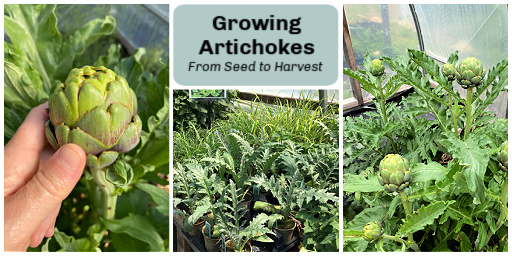
What does it mean to plant by cuttings?
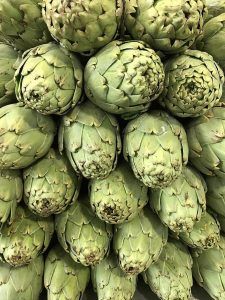 Planting by cuttings consists of taking a fragment of a leaf, stem or root of a vegetable to produce a new plant.
Planting by cuttings consists of taking a fragment of a leaf, stem or root of a vegetable to produce a new plant.
The technique of planting cuttings is widely used and recommended by some horticulturists and is the favorite method of gardening enthusiasts because it is a simple and easy method to carry out.
Cuttings can be obtained from stems, leaves, roots or buds that, placed in favorable conditions, are capable of forming a new individual with characteristics similar to the mother plant.
Cuttings can be tender; juveniles; semi-ripe; woody; of leaf buds; foliar and root.During the process of planting by cutting, the leaves should always be removed from the lower part of the stem so that it can be left free and can better receive nutrients.
Traditionally, the artichoke has been propagated by vegetative means, that is, by cuttings, but from the 1990s varieties grown by seeds began to emerge.
What is the best time to plant artichoke cuttings?
The best time for planting artichoke cuttings is in the spring – summer.In warm areas it is recommended that the planting of artichoke cuttings be done between July and September and from March to April in very cold areas.
With modern techniques and current scientific advances, the reproduction of artichoke cuttings can be done at any time of the year, following favorable environmental conditions.
How to get artichoke cuttings to root correctly?
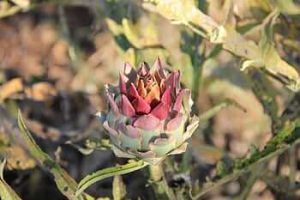 Studies and research by horticulturists recommend the use of rooting treatments so that artichoke cuttings can develop correctly.
Studies and research by horticulturists recommend the use of rooting treatments so that artichoke cuttings can develop correctly.
When artichoke cuttings are treated with growth regulators of the auxin type, it is possible to increase the percentage that forms roots, accelerate and increase the quality of the roots and uniform rooting.
Before planting the cuttings (stems, rhizomes, suckers and ovalis) the base of the artichoke should be impregnated or moistened with liquid hormones to promote rooting.
The best performing synthetic chemicals to stimulate root production are indole butyric acid (IBA) and naphthalene acetic acid (NAA), because they are non-toxic over a wide range of concentrations and are effective.
How should we take the artichoke cuttings to plant them?
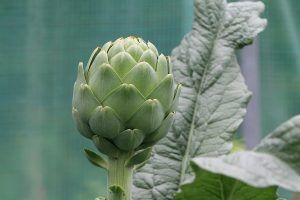 The cuttings for the reproduction of the artichoke can be taken from the stem, the rhizome, a sucker, the ovoli and the pug of a mother plant.
The cuttings for the reproduction of the artichoke can be taken from the stem, the rhizome, a sucker, the ovoli and the pug of a mother plant.
To take a cutting (stem) of the artichoke, you must choose the basal portion of a productive stem from the previous season that has gone into recess and that has buds at its base.
If the cutting is taken from the trunk (rhizome) it corresponds to a piece of the stem that has been mistakenly called rhizome, which must have dormant buds and according to them the cutting can be divided into 2, 3 and up to 4 pieces.
In the case of the cuttings or shoots (suckers) that they take directly from the underground part of the main stem and detach from its base with many roots, being careful with the mother plant.
Another way to take an artichoke cutting to plant it is to obtain a sucker (ovoli) that has stopped growing due to the desiccation of the mother plant, but has recessed apical and lateral buds.
When the cutting to plant the artichoke is taken from a stem uprooted with a hoe or pick and comprising one or more stakes, part of the underground stem and root is known as «zueca».
How long should we leave the artichoke cuttings in water?
The cuttings of the artichoke, whether they are from the stem, from the root, from the rhizome, cannot be left in water, it is recommended that once taken from the mother plant they be planted immediately.
Is it convenient to use fertilizer or compost?
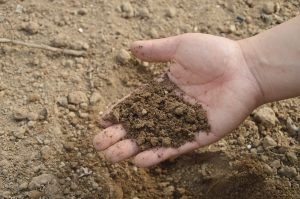 For a good development of the artichoke cutting, it is advisable to prepare an aerated substrate, very rich in organic matter and humus .
For a good development of the artichoke cutting, it is advisable to prepare an aerated substrate, very rich in organic matter and humus .
A little coarse sand that provides porosity, with compost that ensures the maintenance of humidity and organic matter are ideal for the artichoke.
The artichoke does not require excessive fertilization, it does well with mature compost fertilizers and it does not like guano or manure fertilizers.Although the artichoke in general adapts to different types of soil, the cuttings should be planted in deep, well-drained and loose soil.
The use of clay soils is not suitable.
How long does it usually take for an artichoke cutting to come out?
Artichoke cuttings reproduce easily and it is possible that after 70 to 90 days they will have new specimens. The new artichoke plant can produce from the month of October and generally the production extends until May or June.
Bibliography and references
- Bent Ana. (2019). Great Book of Indoor Gardening. First edition. Servilibro Editions, SA Madrid-Spain. PP 43-47.
- Manual of propagation of higher plants. Autonomous Metropolitan University, First Digital Edition 2017, Coyoacán. Mexico PDF.
digital database
- Ineaperu.com. Artichoke cultivation. Reproduced from: https://www.youtube.com/watch?v=O-Gwr_lQ1Fg
- Inea Bulletin No. 359. How to reproduce the artichoke. PDF. Reproduced from: http://biblioteca.inia.cl/medios/biblioteca/boletines/NR40934.pdf.
- Miquera73. Artichoke cultivation. Reproduced from: https://www.youtube.com/watch?v=wR4c0brd8QY
- Elhuertodejoséantonio.com. Multiplication of artichokes by the foot/stake. Reproduced from: https://www.youtube.com/watch?v=DkVeW-7NZok
- Interempresas.net. Artichoke: Methods of multiplication and varieties of seeds. Reproduced from: https://www.interempresas.net/Horticola/Articulos/234195-Alcachofa-metodos-de-multiplicacion-y-variedades-de-semilla.html
- Planetahuerto.com. How to plant artichokes. Reproduced from: https://www.planetahuerto.es/revista/cultivo-de-la-alcachofa_00186
- Easygarden.com. Artichoke cultivation. Reproduced from: https://easyjardin.cl/ideas/cultivo-de-alcachofas/2016/02/
- A simple trick to grow plants by cuttings. Reproduced from: https://www.youtube.com/watch?v=GfHWU_y_gX8
- Ecured.com. Cuttings. Reproduced from: https://www.ecured.cu/Esqueje
- Todohusqvarna.com. How to make plants by cuttings. Reproduced from: https://www.todohusqvarna.com/blog/how-to-do-cuttings/
- López D, and Carazo N. The production of cuttings. Reproduced from: https://www.researchgate.net/publication/28280218_La_produccion_de_esquejes

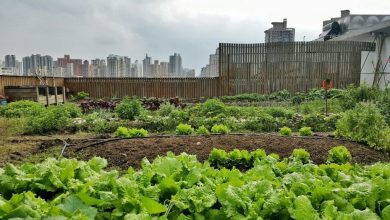
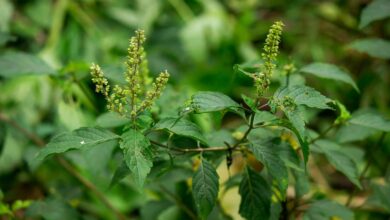
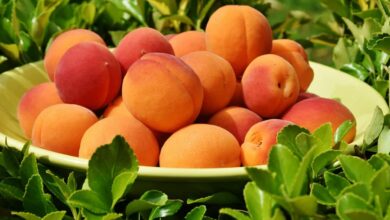
![Photo of Dimorfoteca: [Cultivation, Irrigation, Care, Pests and Diseases]](https://www.complete-gardening.com/wp-content/uploads/2022/08/dimorfoteca-cultivation-irrigation-care-pests-and-diseases-390x220.jpg)